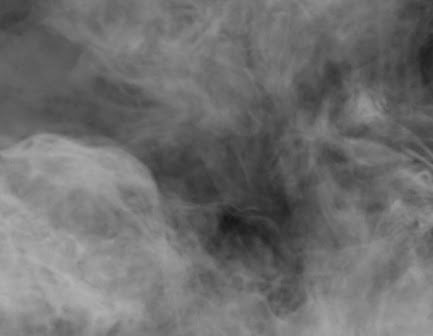
Overview of polyurethane fire decomposition, smoke toxicity and potential impacts of PIN FRs on smoke release and toxicity. In-depth review by G. Peck (University of Central Lancashire, UK) summarises fire toxicity and smoke production from polyurethane foams, which are a leading cause of fire injuries and deaths in building fires, with release of hydrogen cyanide, isocyanates, carbon monoxide and other toxic gases. Studies show that decomposition behaviour varies with polyurethane polymer structure, so that specifically adapted FR solutions are needed. Halogenated FRs are not discussed because considered problematic. The detailed discussion of different PIN FRs concludes that a range of mineral, metal, clay and carbon-based PIN FRs and synergists can reduce smoke emission and fire gas toxicity from polyurethanes, as well as reducing heat emission. Although some phosphorus PIN FRs can increase smoke production (gas phase action), other studies (e.g. with DOPO) show significant reductions in release of hydrogen cyanide and other decomposition products. Nitrogen-based PIN FRs are considered to “have potential to form HCN” but the authors indicate that there is no evidence of this occurring and that they have been shown to reduce smoke. Char-forming PIN FRs are considered beneficial because they reduce heat release, smoke production and smoke toxicity.
“The Decomposition of Polyurethane and Fire Retardants: A Review”, G. Peck, pre-print https://doi.org/10.20944/preprints202311.1646.v1